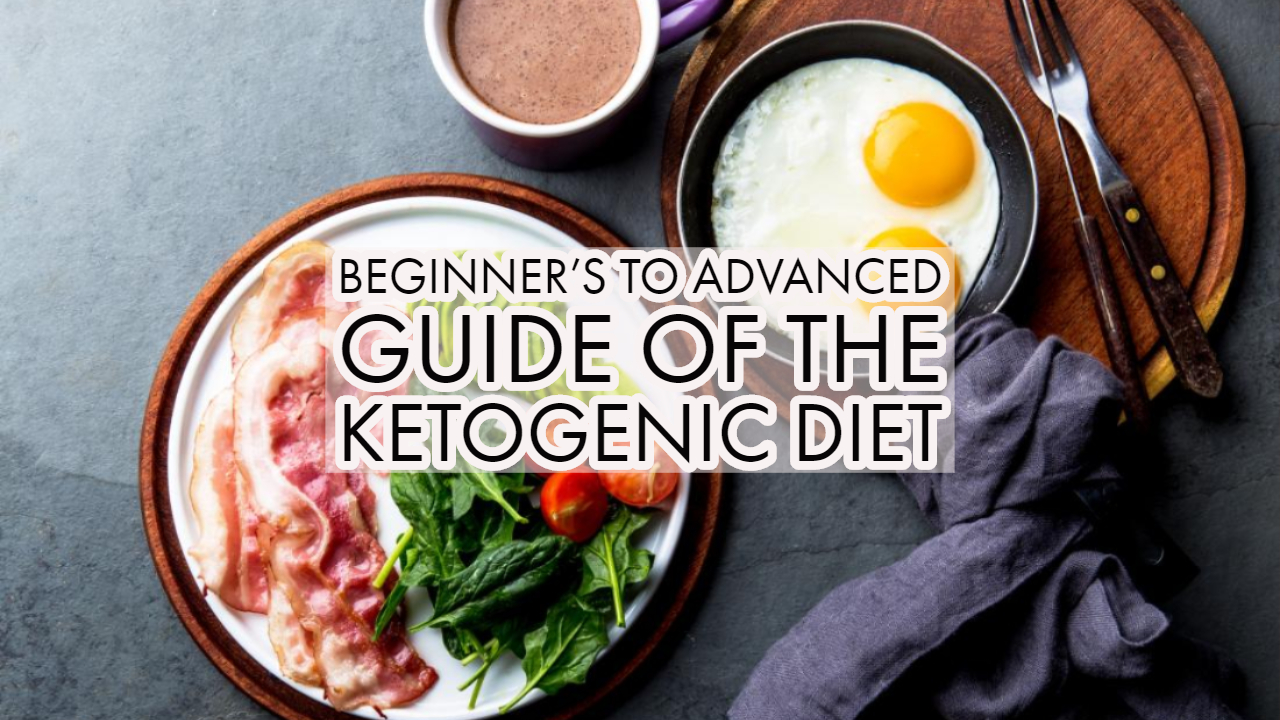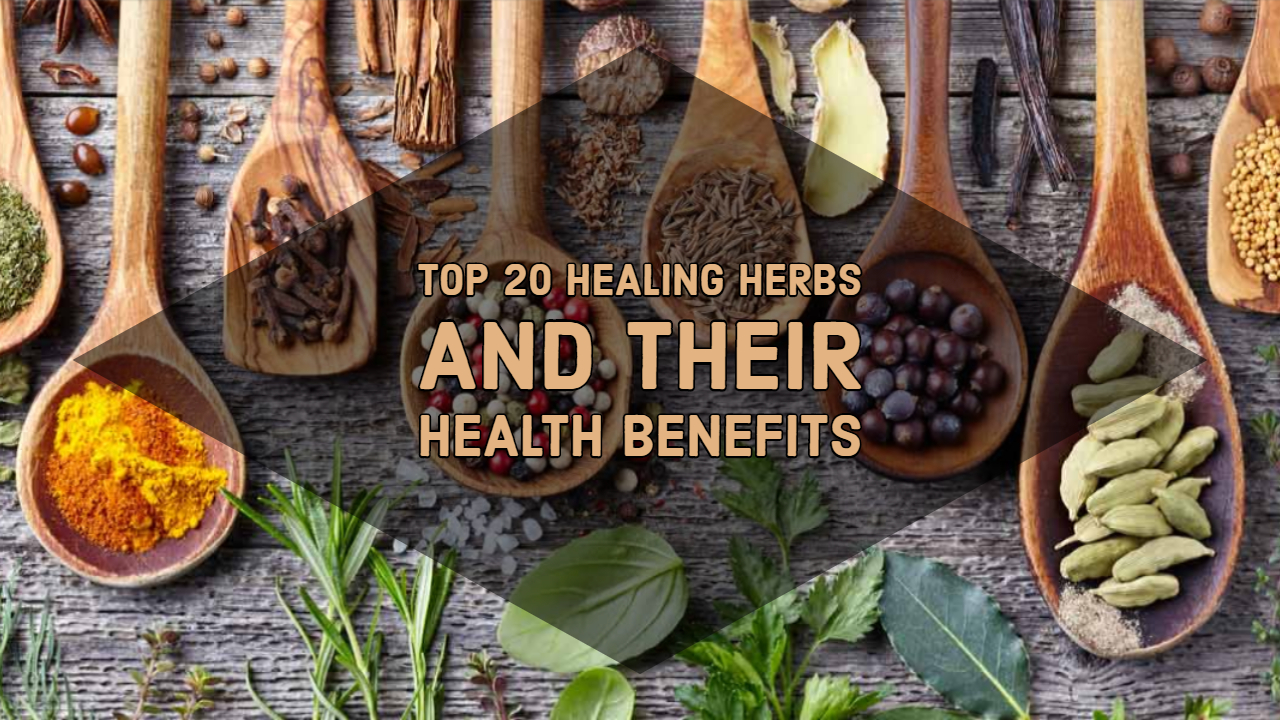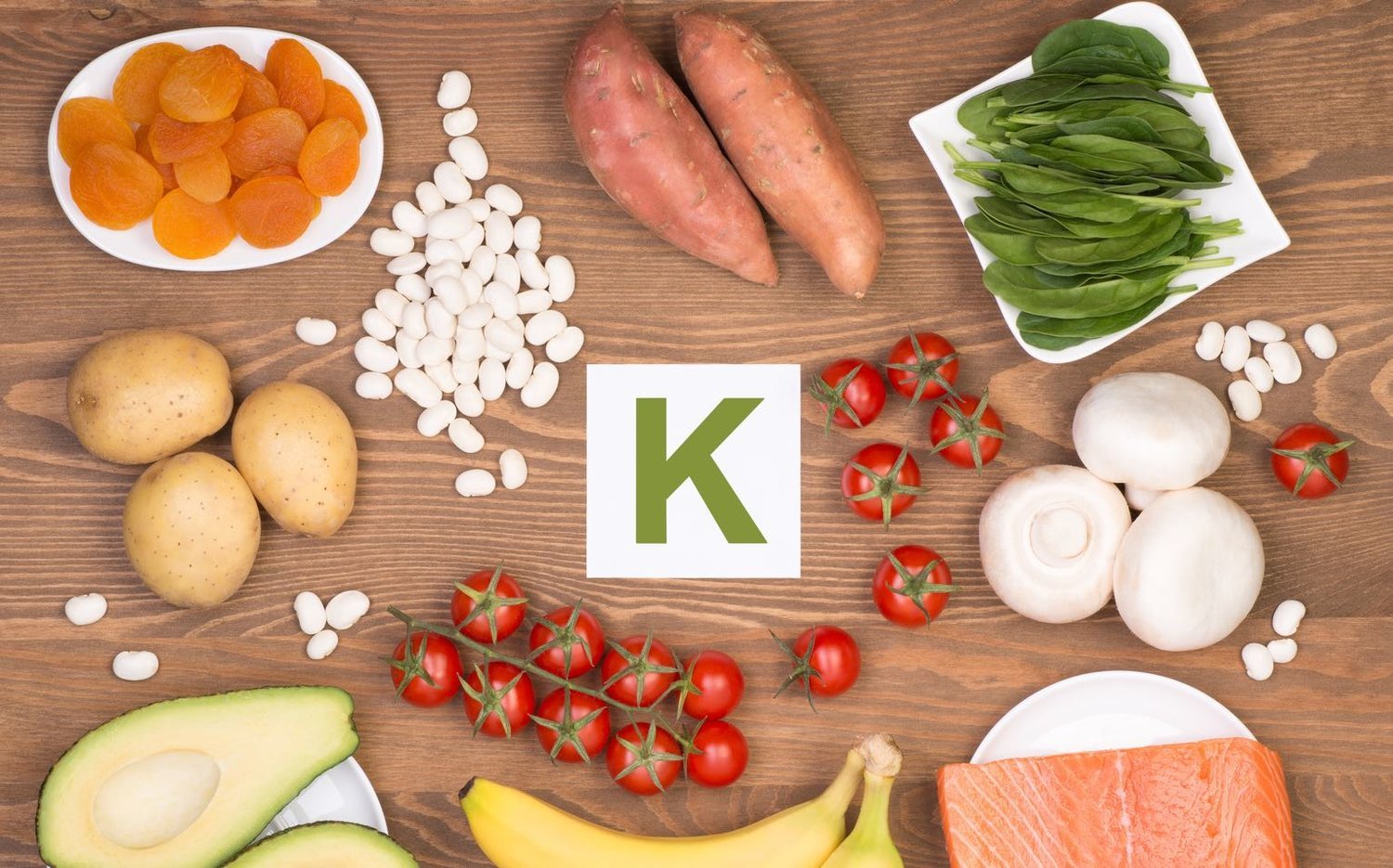If you are trying to lose some weight through the ketogenic diet. And you don’t know much about keto. Then you are at right place.
The Ketogenic Diet
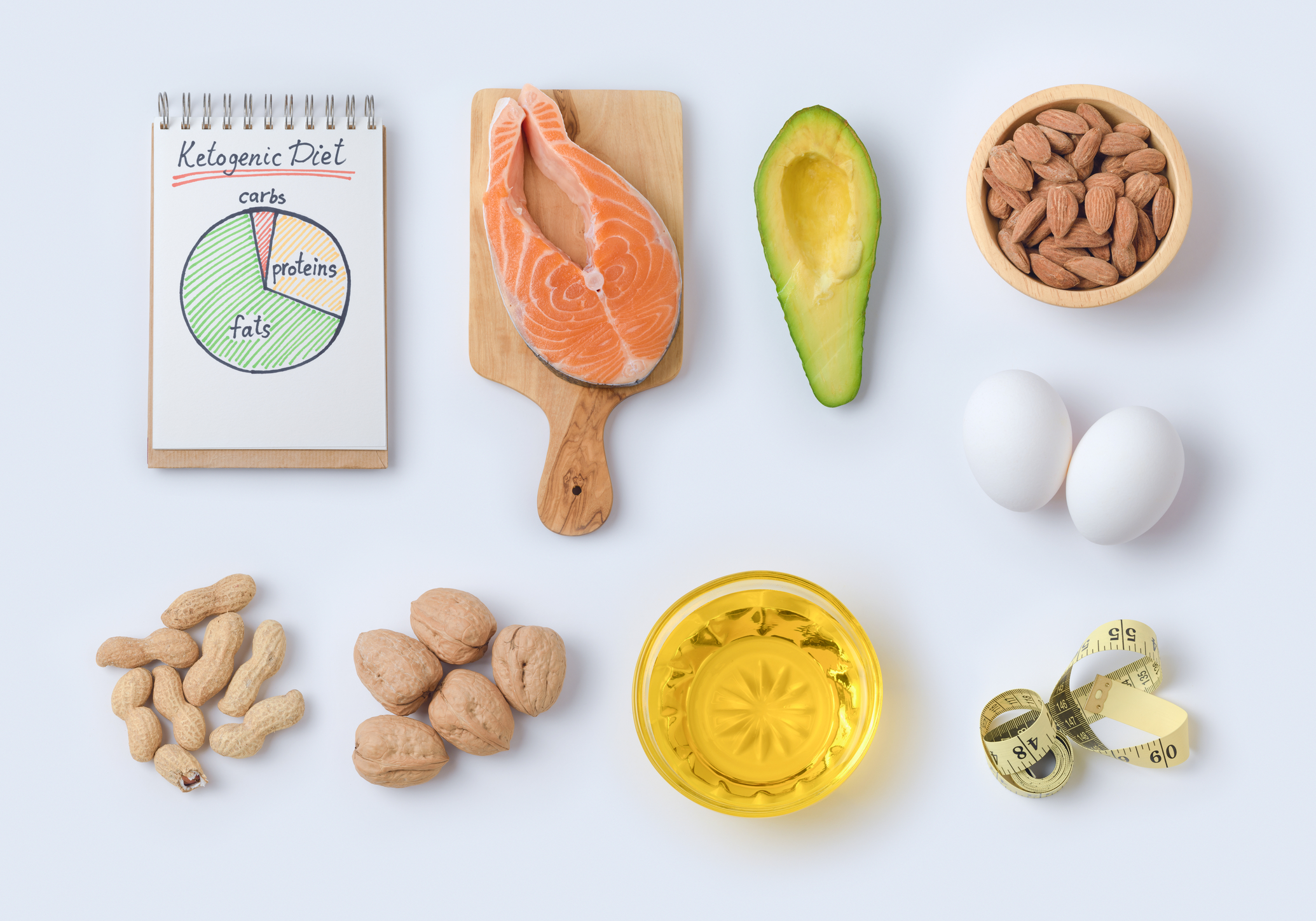
What is the ketogenic diet?
So in short on this diet, you will burn fat for energy instead of carbohydrates. Actually the word ketogenic comes from ketosis. Which is a metabolic state occurring when you consume low carb moderate protein and a high-fat diet.
Your body switches from using glucose energy to run on fat instead because you won’t have much glucose in your blood. Ketones are produced as a byproduct of this metabolic state. And the body now turns to fat as an alternative source of energy instead of glucose.
So, in other words, to make it more simple your body changes from being a sugar burner to a fat burner. In fact, paleolithic ancestors also used to burn fat for energy. When animal-based high-fat foods were their primary source of calories.
Even today the people living in places like Greenland and Canada also consume mostly animal-based foods. Thus they are in a ketogenic state.
So this way of eating is something people have done for ages and nothing to be afraid of. It’s quite natural and everybody can do it.
The benefits of the ketogenic diet
Most importantly, you will lose weight by being in a ketogenic state. So when you are keto-adapted. You will generate energy from both the effect you consume and from your body fat.
On a standard western diet, which is a diet rich in carbohydrates. You like to store the fat you eat instead of burning it as fuel. So just to explain this process a bit further because it can be a bit hard to understand. When you eat too many carbs your blood sugar levels increase and your body automatically produces insulin to bring it down. Because the body can’t store that many carbohydrates. It converts the carbs to fat. Because we as human beings have in the starch fat. So basically what happens is that our insulin tells our body to store the fat we don’t use. And then all hell breaks loose and we gain weight. That’s why we need to bring down our intake of carbs away with it. And increase the amount of fat we eat so our metabolism burns fat for energy instead of storing it.
Other health benefits are natural hunger, restful sleep, lower inflammation levels, lower blood pressure, endless energy, improved immune system and much more.
Macronutrients and finding your carbohydrate tolerance
- Carbohydrates, fat, and protein are macronutrients but it’s only fat and protein that are considered essential because the body can’t produce them as it can with carbohydrates.
- It can take between a few days to even a month to become fully keto-adopted so be patient.
- It can also vary how many carbohydrates a person should eat each day in order to be in a ketogenic state, but as a rule of thumb eat between 100 to 50 grams or around 5 percent of your daily intake.
- Remember the Ketogenic Diet is a low carb and moderate protein diet so beware of how much protein you eat each day. That is because the body converts excess protein to carbohydrates through a process called gluconeogenesis.
- As a rule of thumb, eat between 1,0 to 0,5 grams of protein per kilogram body weight each day or around 20 percent of your daily intake.
What should you eat and avoid?

Which foods should you eat?
Dairy Products:
So let’s first take a look at dairy products. As a rule of thumb, you should always try to select the full-fat options when you do your grocery shopping. So you should eat products like butter, cream, fatty cheeses, greek yogurt, and sour cream.
Meat:
Well, you can basically eat any type of meat. But again the fattier the meat the better. So go ahead and eat meats like beef, pork, veal, venison, duck, and goose are perfectly fine to eat on the ketogenic diet.
But beware of protein-rich meats like chicken and turkey. Because it doesn’t contain as much fat as other types of meat. And also you should try to limit your intake of protein to a moderate amount.
Seafood:
And what about that meat in the water like shellfish and fish. So you should buy fish like flounder, herring, mackerel, salmon, sardines, sole, trout, and shellfish. Fish and shellfish are a really good source of good fat. So you should try to get as much fish and shellfish as you can on the keto diet.
Fats and oils:
Use either butter or coconut oil to cook with. You can also use other oils like Almond oil, flaxseed oil, grapeseed oil, Hempseed oil, olive oil, sesame oil, and sunflower oil in and on your food.
And feel free also to put fats like Mayonnaise and peanut butter in your shopping basket. But beware of those products that contain a lot of additives. So pick a clean product.
Fruit and vegetables:
As a rule of thumb, you should all mostly try to eat as many vegetables that grow above ground because they are low in carbs. Vegetables on the other hand that grow below ground should be eaten more moderately because they contain more carbs. So especially you should avoid stuff like potatoes and sweet potatoes. So in terms of vegetables try to consume asparagus, broccoli, brussels sprouts, cabbage, cauliflower, celery, cucumber, eggplant, kale, leeks, letters and salads, mushrooms, peppers, onions, spinach, tomatoes, and zucchini.
Now, what about fruit and berries. Well, fruit and berries, also called Nature’s own candy because they contain a lot of sugar or carbs. They should be consumed in moderation. And just to mention berries with the least amount of carbs in it are raspberry, blackberry, and strawberry. And in terms of fruit with the least amount of carbs in it are coconut, lemon, and plums.
Nuts and seeds:
They are great for an afternoon snack. But they should be consumed in moderation because many nuts and seeds contain many come hydrates. So when it comes to nuts try to go for almonds, brazil nuts, hazelnuts, macadamias, peanuts, pecan, pine, and walnuts.
And what about seeds. Well, you should try to get a hold of flaxseeds, hemp seeds, pumpkin seeds, and sunflower seeds.
Drinks:
Well, you should always remember to drink loads and loads of water. Also, you can enjoy coffee, tea, and diet soda. When we say diet soda it should not contain any sugar or carbs. So you can drink diet soda.
You could drink coffee in the keto diet. And when we say coffee, we just have to mention the bulletproof coffee. So you put coffee in a mug, put some hot water in and butter. And you also put either some coconut oil or some MCT oil. It is basically a concentrated form of coconut oil.
Which foods should you avoid?
Rich in carbohydrates:
Try to avoid foods which are rich in carbohydrates and fruits which contain the bad fat. So to speak which is processed fats and trans fats. So all foods which contain sugar is a “NO” on the keto diet.
And the list of food with a high amount of sugar is very long. In fact, But I just want to mention a few of these foods to you which are most common. The foods are soft drinks, candy, juice, sports and energy drinks, chocolate, cakes, buns, pastries, ice cream, and breakfast cereal. And these are just to mention a few.
Chocolate:
And I just want to talk to a little bit about chocolate because a lot of chocolate is very high in sugar and carbs. But some chocolate is actually all right to eat in moderation and that is the chocolate which is high in cocoa and the dark chocolate. You can eat that if you crave for sweet and just eat it a piece or two which are “OK.” But just remember it adds to your daily intake of carbs. You can eat a little bit of dark chocolate on the ketogenic diet and still lose weight.
Processed foods:
Most are high in wheat and sugar and are some of the worst high carb foods you can eat because of the preservatives and fillers.
Starch:
There is starch in many foods today but here are some of the most common. Bread, French fries, Legumes, Muesli, Pasta, Potato chips, Porridge, Rice, Whole grain products, Potatoes, and sweet potatoes.
Vegetables that grow below ground should be eaten in moderation because they have more carbs in them. But especially stay clear of potatoes and sweet potatoes.
Margarine:
It’s not a natural product which you all know if you take a look at the back of the product. So use butter instead, it’s also more natural and it tastes a lot better.
Fruit and berries:
Fruit and berries are high in sugar, fructose, and nature’s own candy so consume in moderation. They could also be in the foods to eat list, but I have put them here because of their high amount of carbs in them. You should avoid fruits like mango, Kiwi, pineapple, apples, grapes, and bananas.
Weight loss and Intermittent Fasting
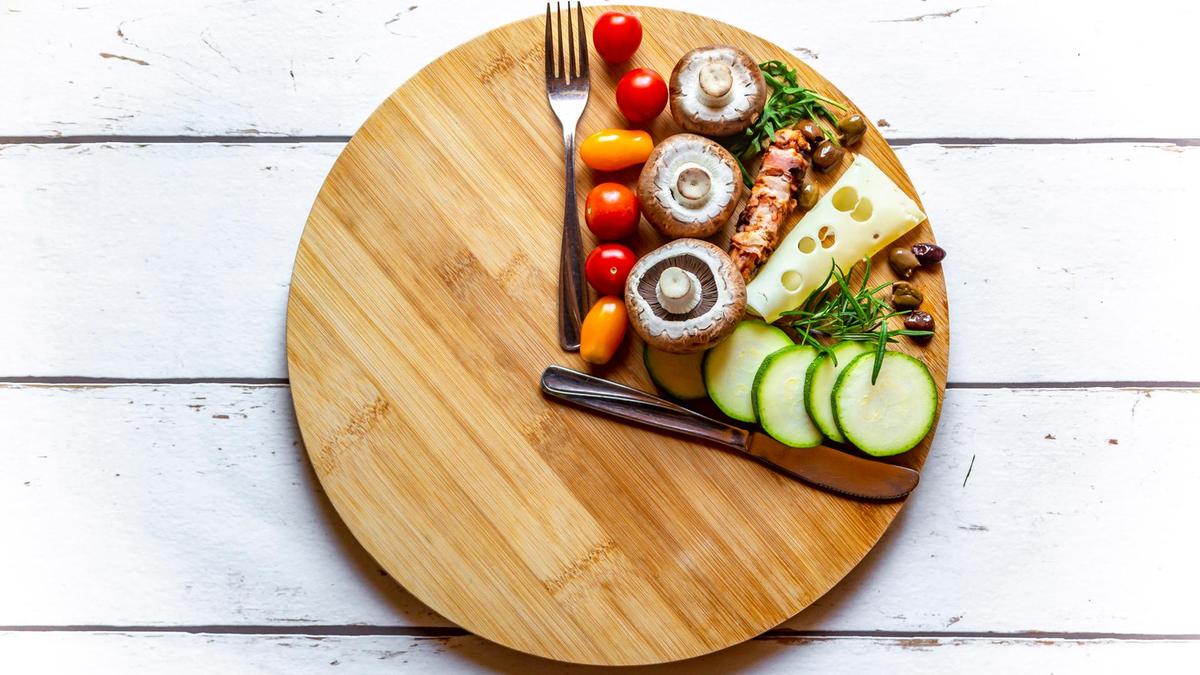
The most common mistakes
You may find yourself following the keto diet and still not losing the weight you want to lose. So the main reason for that is you haven’t found the right amount of carbohydrates, protein, and fat that you should eat each day in order to get into a state of ketosis.
You are consuming too much protein
If you eat too much protein for your body to use. The liver simply transforms it into glucose which we don’t want. To prevent that from happening. You might want to choose Fedya types of meat and eat less high protein meats like chicken and turkey.
You are not eating enough fat
The good fat, it can be hard to consume 70 to 85 percent fat in your daily diet. Eating good fats are good for you. And if you want to lose weight go ahead and eat that bacon, butter, and cheese.
You are eating too often and too much
Remember the most foods contain carbohydrates. if you eat too much let’s say Nuts and seeds. Daily intakes of carbs climb above your carbohydrate tolerance level. That’s why it’s important not to eat too much and too often because they add up in the end. When you begin to eat more fat. You will magically consume less food because it contains over twice as many calories as protein and carbs.
So to say in short, you won’t need to eat as much more in order to be full. Also when eating this way you won’t have to eat so often. Because you will have a lot of energy stored on your body so to say in terms of fat which you can use fuel during the day to keep your engine running.
Intermittent Fasting
When you fast your body will tend to produce more ketones thus pushing you into a ketogenic state. When this happens you’ll most likely lose weight because your body will have to use your body fat for energy since you aren’t feeding with food.
A good way to implement intermittent fasting is by using this scheme. Day one, Monday for example, eat normally until 6 pm and then stop eating. On Day two don’t eat until 6 pm. On day three just repeat what you did on day one.
You can use this method for as long as you like, especially if you are finding it hard to lose weight.
And remember during periods of fasting. Drink plenty of water and consider supplementing with sodium, magnesium, and potassium.
Supplements
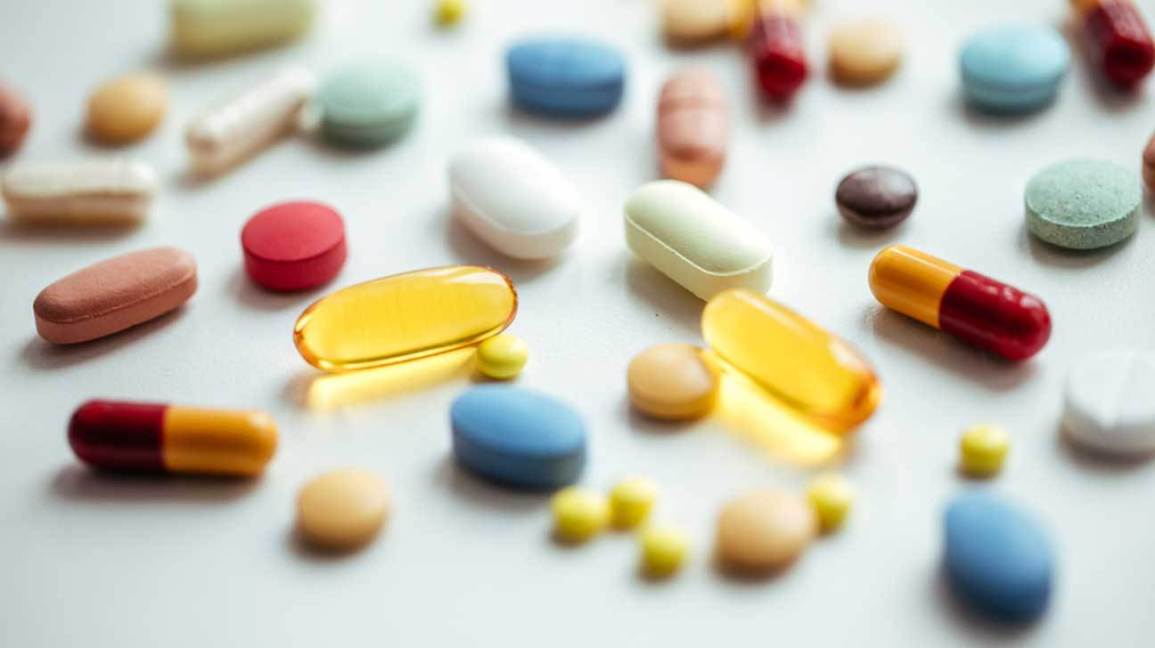
The Keto-flu
When people first try out the Ketogenic Diet many experience something called the ketogenic flu or just the keto-flu. What it basically means is that your body is craving carbs because it is used to getting plenty. You can counter this flu by replenishing your electrolytes which are magnesium, potassium, and sodium.
The key to flu is basically the price you pay for switching from carbs to fat for energy. And many people experience it when they first try out the keto diet. If you experience headaches, nausea or an upset stomach, feel fatigued or sleepiness. So if you get one of these symptoms don’t worry. This means that the body is adjusting to becoming keto-adapted.
I personally had the key to flu for just one day. But there are people who feel sick for up to a week at a time. Again our body is different. So there is no size fits all.
What can be done to lessen these symptoms?
You need to replenish your electrolytes, which is magnesium, potassium, and sodium when starting on the Ketogenic Diet. You can either do this with supplements by talking pills of magnesium, potassium, and sodium, or by getting these electrolytes through the regular diet.
Foods rich in potassium are avocados, nuts, dark leafy greens, salmon and mushrooms. Foods rich in magnesium are nuts, fish, spinach and artichokes. Sodium is basically salt, so remember to get enough salt in and on your food.
One way of ensuring that you get enough salt is by drinking either some beef or chicken broth or by putting a bouillon cube, also chicken or beef, in a cup of hot water and then drinking it. Broth and bouillon cubes also contain some magnesium and potassium so they are a good option to go for in terms of supplements.
Remember, I am not a doctor so you should consider talking to a health professional in terms of supplements. Also, it’s a good thing to get regular blood samples taken just to keep track of your levels of sodium, potassium, and magnesium.
Which supplements should you consider taking?
You need to ensure that you drink enough water, not just when you have the keto-flu, but also when you eat in a ketogenic way. So always try to carry a bottle of water with you when you are out and about.
Also, you need to think about your intake of magnesium, potassium, and sodium when on the Ketogenic Diet. As I said, you can either take some pills or you can get your magnesium, potassium, and sodium through your regular diet.
Tools

How to measure if you are in a ketogenic state or not?
There are three types of ketone bodies which can be measured in your body.
Ketone bodies:
- The first one is called Acetoacetate (AcAc) and can be found in the urine.
- The second one is called Beta-hydroxybutyrate (BHB) and is found in the blood.
- The third and last one is called Acetone and can be measured through the breath.
How can you measure?
We now know that our body can tell us that we are in a ketogenic state in three different ways. And to track this there are equally three options to measure these ketone bodies.
- You can measure Acetoacetate by peeing on urine strips. It is easy to do and the strips are cheap, but once you become keto-adapted ketones in your urine may disappear and then the strips don’t have any use anymore.
- You can use a blood testing device to measure your Beta-hydroxybutyrate which is a very precise method of testing for ketones in your body. There are just two issues with this method. One, you have to take blood samples each day and two, the strips you use each time are quite expensive.
- The third method, which I recommend, is the ketone breath analyzer. It’s quite simple to use, it is also quite precise and once you have paid for it there are no extra expenses.
The Ketogenix Breath Analyser
The Ketogenix Breath Analyser measures your levels of acetone which is ketone bodies found in your breath.
It was created by the Swedish entrepreneur and engineer Michel Lundell who in 2012 was diagnosed with epilepsy. The doctors told him that he had to take medicine for the rest of his life. Refusing to follow his doctor’s instructions Michel started on the Ketogenic Diet and ever since he has had no epileptic seizures without taking any medicine. To track his levels of ketosis through the breath he invented The Ketogenix Breath Analyser.
To read more about Michel Lundell and The Ketogenix Breath Analyser visit the Ketogenix website. On the site, you can also see where to buy a Ketogenix-device which costs around 150 dollars.
It measures a ketonix value ranging from 25 to 90 and the device can be set-up to your particular settings.
Eating out and drinking alcohol
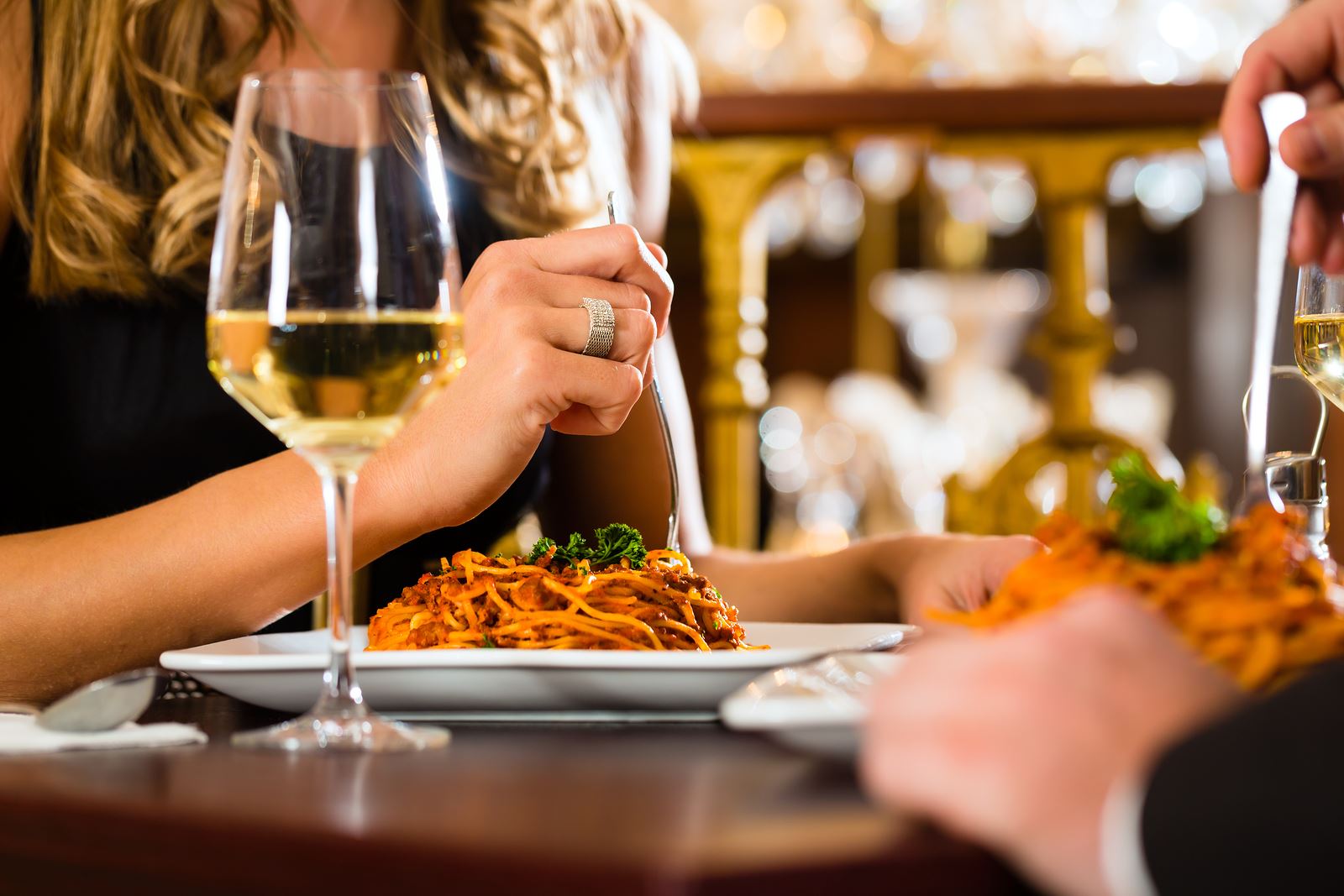
Eating out while on the Ketogenic Diet
You can still go out to restaurants and then hit the Ketogenic way of eating. You just have to be smart about it. Well, think about all the food that told you. You could eat on this diet and then look for those on the menu card at restaurants.
But if you have a hard time finding a meal you could always ask the waiter not to serve you rice, pasta, potatoes, and bread. Instead, ask them to include a bigger portion of meat and vegetables. Also if you have a hard time getting enough fat with your meal try to ask for more. Well, ask for more butter, which you can either put on or eat beside the food.
Also, you could ask for some more olive oil which you can put on your vegetables to get some more fat or if you are having a cup of coffee at the end of your meal can always ask the waitress to put cream or even butter in your coffee and then have a bulletproof coffee. These are possibilities that you have when you’re eating out on the Keto diet. You just have to look for them.
A go-to meal of mine is burgers but without the buns. Simply ask the waiter to skip the buns and include all other, but you might want to eat it with a fork and knife and not your hands.
What about alcohol?
Alcohol will not help you lose weight because the body burns alcohol before anything else but some types of alcohol are better to drink than others when you look at it through ketogenic eyes.
Wine:
Wine is “OK” on the keto diet. Especially dry red and white wines because they don’t contain as many carbs as other wines do. For example, beware of the dessert wines which can contain a lot of sugar. So if you want to lose weight try to avoid those.
Beers:
Beer is a no-go on the keto diet because it contains a lot of carbohydrates. Actually, it typically referred to as liquid bread. So you have to skip the beer. There are however some low carb non-alcoholic beers on the market which don’t contain that many carbs. So you can try to look for those if you want to lose weight on this diet
Spirits:
Well, many drinks like whiskey, brandy, vodka, and tequila don’t contain carbs at all. You can easily enjoy one of those. if you’re in a party mood.
However, be aware of soft drinks and other sugary drinks that are often put in those spirits because they contain a lot of carbohydrates. If you want to sweeten up your drink however you can go for the light version. For example a Diet Coke.
Exercise

Tips about exercise
We have put together three great tips to help you start training.
The first one is what are you going to train? Should you join a gym, start running or just pick up a sport? My advice is to keep trying and searching for the things you love doing because if you start doing something you despise you won’t last one week.
Secondly, always listen to your body before a workout. Therefore, there is no direct answer to the question of how often should I train? Listen to your body and if you feel sore take a rest day, go for a walk or do some stretching instead. By applying this method, you will most likely avoid injuries which are the worst thing you can experience when you begin training.
And thirdly, on those days when you just want to lie on your couch, don’t. It may sound simple but it works. Muster all your energy and just aim for getting out your door. Once you do this you will have no choice but to start to run or go to the gym. And trust me it’s worth it. You will always feel better about yourself once you have trained.
Our suggested training scheme
Our training schemes or workout templates are either meant for you to do as a supplement to your own training, either before or after, or you can also to them as your only form of training, especially if you don’t have much time during the week for training. The workouts totally consist of bodyweight exercises so you can do them at home without any equipment.
The first training scheme is called 21-15-9: You choose a minimum of three exercises and do exercise one 21 times/reps, then you do exercise two with 21 reps, then you do exercise three with 21 reps and then you do exercise one with 15 reps, and then just continue until the workout is finished.
The second training scheme is called a Tabata: You choose between four to eight exercises, and start of by doing exercise one for 20 seconds, then take a 10 seconds break, do exercise two for 20 seconds, and again take a 10 seconds break, and so on and so forth. If you only choose four exercises repeat exercise one on set number five and continue with the rest of the workout.
